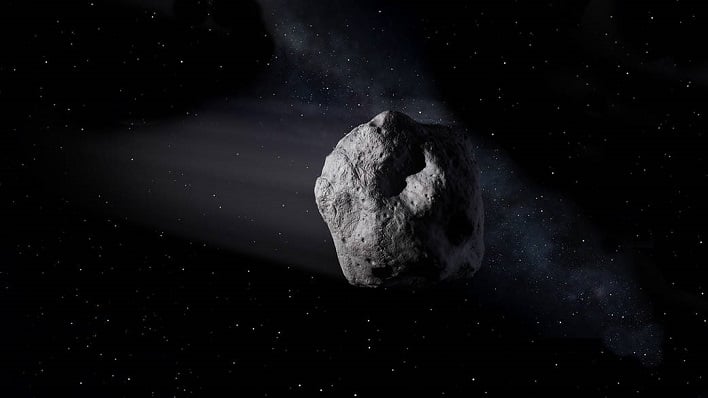NASA Shares Staggering Details Of Five Giant Asteroids Hurtling In Earth's Direction
It is no secret that there are asteroids zipping around in outer space, with some making approaches closer to Earth than some might like. With that in mind, the Asteroid Watch dashboard tracks asteroids and comets that will make what NASA calls "close approaches" to Earth, with any object larger than about 500 feet (150 meters) approaching Earth within a distance of 4.6 million miles being considered a potentially hazardous object. The month of May includes five large asteroids, with the largest, 2023 GY2, being 300 feet in diameter, or the size of a large building.

Asteroid 2023 JD, the asteroid making the closest approach to Earth this month, is expected to make its closest approach on May 10, 2023, at a relatively safe distance of 810,000 miles. A few days later, on May 12th, Asteroid 2023 HT4 will make its closest approach at a distance of 3,780,000 miles (6,080,000 kilometers). The largest of the five, 2023 GY2, will be at a safe distance of 4,310,000 miles (6,940,000 kilometers) from Earth.
While none of these asteroids pose any risk to Earth, NASA is not simply sitting around waiting on a doomsday asteroid to threaten Earth. Its Double Asteroid Redirection Test (DART) spacecraft slammed into asteroid Dimorphos at 13,000mph late last year in an attempt to prove whether or not an impact of this nature could be used to gently nudge a doomsday asteroid away from Earth. Fortunately, this method will not be needed for any of these asteroids.

